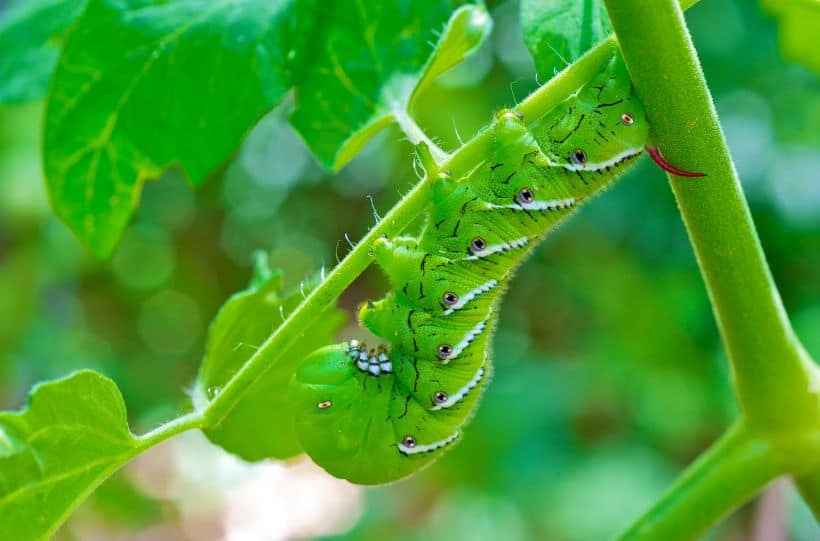How to Use Trap Crops to Deter Pests in the Vegetable Garden
The concept of using trap crops to control pests is not new, yet few gardeners practice it. It is one of the best and most natural ways of getting rid of pests from your garden.
Once you find your beautiful garden invaded by these parasites eating away at your crops, the first instinct is to storm the garden with cans of pesticides, ready to exterminate the vermin.
Maybe it may work, but this method could bring more harm than good because it destabilizes the ecosystem around your garden and degrades your soil.
How then, do you get rid of these pests naturally and in a way that has the lowest harm to the environment? In this post, you will learn how to use trap crops to deter pests from your vegetable garden.

What are Trap Crops?
A trap crop is a decoy crop (or sacrificial crop) that you plant in your garden to attract pests and divert their attention from the main crops.
Every pest has a favorite plant and will always choose this plant over everything else you have in your garden. When you know which plants pests in your garden love, you can ‘trap’ them by planting these crops.
The main idea of using trap crops is to lure pests away from the main crop.
How to Use Trap Crops
There are several ways you can use trap crops to your advantage. The method you choose depends on the kind of pest you are trying to control:
There are several variations of intercropping:
- Row intercropping – where you grow two crops together at the same time and one of the crops has to be planted in rows.
- Mixed cropping – where there is no row or specific arrangement of the crops.
- Strip intercropping – where two crops are grown together in strips. The strips are wide enough to allow farm machinery easy access on the farm but still close together for the crops to interact.
- Relay intercropping – where you plant a second crop right where another at the reproductive stage is planted before you harvest.
Advantages of Trap Cropping
Reduced use of insecticides
If necessary, you will only use insecticides on a small patch of your garden with the highest concentration of pests.
We all love eating healthy, organic products. Reducing the usage of insecticides ensures your family consumes healthy farm products and preserves the ecosystem.
Trap cropping saves money and time
Trap cropping attracts a high concentration of pests in one area. This makes it easy for the farmer to control these pests as they direct efforts to this area.
They use fewer amounts of insecticides and work faster than they would have if they were to spray the whole garden. These savings might outweigh the cost of maintaining the damaged crops. The time spent controlling and managing pests will also reduce drastically.
Increases yield of the main crop
Reduced damage to the main crops implies that the crops get a chance to grow to maturity. This heightens the chances of getting a better yield. Better quality crops (pest and insect-free) also attract better rates in the market.
Trap cropping attracts natural enemies
You can attract other beneficial insects to control pests. This is an example of using natural enemies for pest control.
This is a diverse topic but the point here is that once there is a high concentration of a certain species of pests, their natural enemy is bound to come. They will start feeding on these pests and control their population and spread.
Examples of Trap Crops
Sunflowers
Although seasonal, sunflowers are excellent trap plants because they attract aphids in drones. You can plant a few stalks around your vegetable garden to keep aphids away from your favorite leafy vegetables.
Nettles
Stinging nettles also attract aphids and other pests. They also attract beneficial insects such as ladybugs which feed on harmful pests.
Radishes
Many pests do not seem to like the smell of radishes. When you use them as trap crops, they repel most pests while attracting beneficial insects. Radishes also grow fast and can be placed between slow-growing vegetables to keep pests away.
Mustard
Mustard traps a lot of brassica pests but does not do well in keeping others at bay. It has the added advantage of being an edible plant.
Many other plants can also be used to repel invading insects. Chives repel aphids. Basil repels tomato hornworms. And marigolds are very effective in repelling nematodes while also repelling whitefly, beetles, and butterfly and moth caterpillars too.
